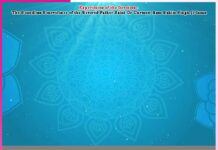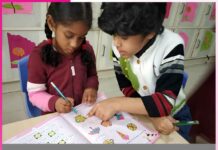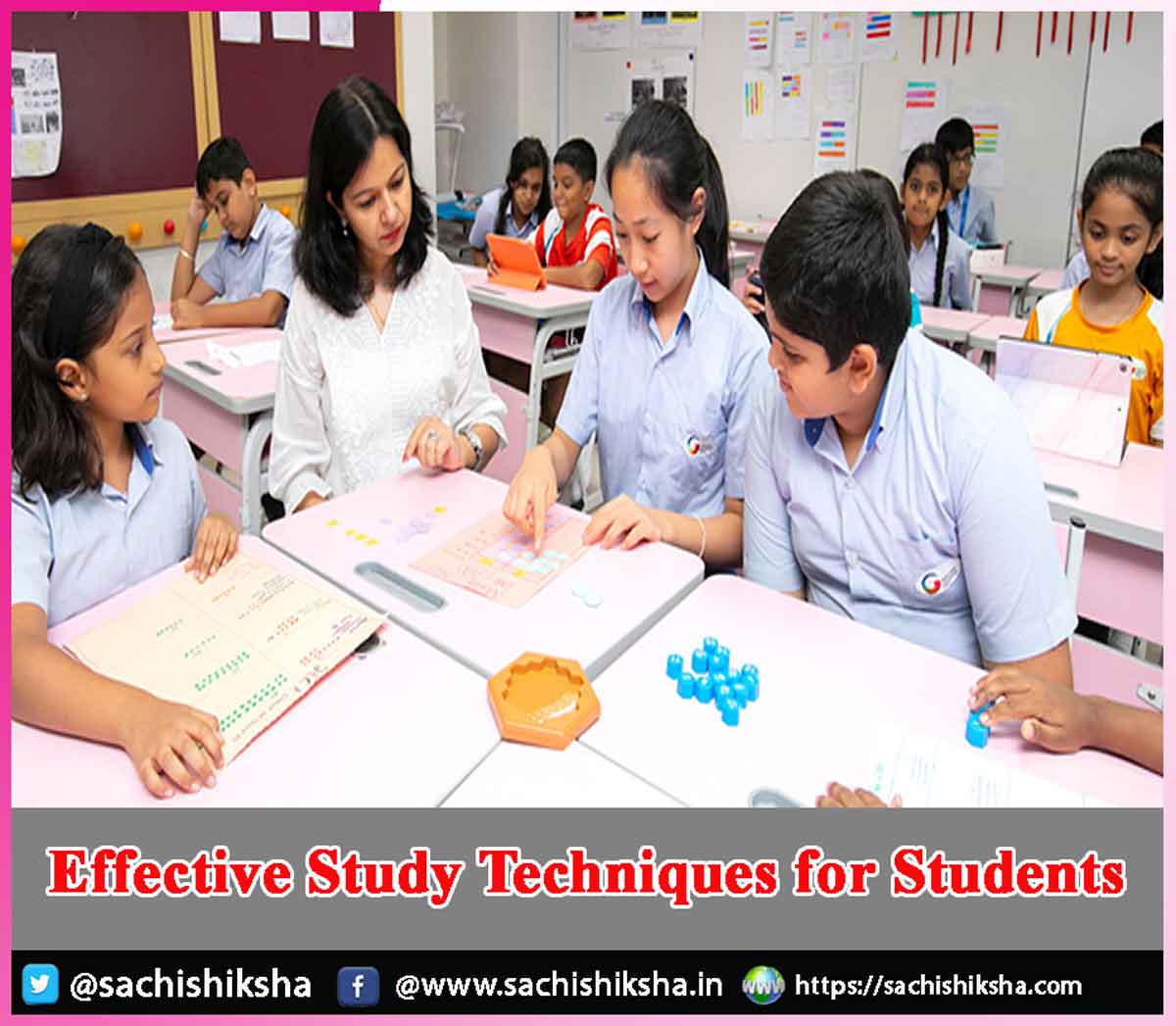Effective Study Techniques for Students
Introduction: In today’s fast-paced academic environment, students are often overwhelmed by the sheer volume of information they are expected to learn. Achieving academic success requires more than just long hours of reading or memorizing textbooks—it demands strategic and effective study techniques. Effective studying is not about working harder, but smarter. With proper methods, students can improve their retention, comprehension, and application of knowledge, leading to better performance and reduced stress.

-
Table of Contents
Set Clear Goals and Objectives
Before beginning any study session, it is important to define what you want to achieve. Setting clear, specific, and measurable goals helps maintain focus and motivation. For instance, instead of a vague goal like “study biology,” set a precise objective such as “complete the chapter on cell division and answer 10 related questions.” This approach gives direction to your efforts and a sense of accomplishment when goals are met.
-
Create a Study Schedule
Time management is a cornerstone of effective studying. A well-planned study schedule ensures that students allocate enough time to each subject while balancing other responsibilities. The Pomodoro Technique, which involves studying in 25-minute intervals followed by 5-minute breaks, has proven to be effective in maintaining focus and preventing burnout. Regular study sessions over a longer period (distributed practice) are far more beneficial than last-minute cramming.
-
Choose the Right Study Environment
A suitable environment significantly impacts concentration and productivity. A quiet, well-lit, and organized space minimizes distractions. Turn off mobile notifications and keep only the necessary materials within reach. Some students find that background music or white noise helps with focus, while others require complete silence. Understanding personal preferences and creating an optimal study atmosphere is essential.
-
Use Active Learning Techniques
Passive reading and rereading may feel productive, but they are often ineffective for long-term retention. Active learning engages the brain more deeply, promoting better understanding and recall. Here are some active learning strategies:
- Summarization: After reading a section, summarize it in your own words. This checks comprehension and reinforces memory.
- Self-Explanation: Explain the material to yourself or others as if teaching it. Teaching is one of the most powerful ways to learn.
- Questioning: Ask questions about the material—why it matters, how it connects to other topics, or what implications it has.
- Flashcards and Quizzes: Regular self-testing improves recall and helps identify knowledge gaps.
-
Apply Spaced Repetition
Spaced repetition involves reviewing information at increasing intervals over time. This technique takes advantage of the psychological spacing effect, which strengthens memory retention. Tools like Anki and Quizlet automate this process and adapt the review schedule based on your performance. Instead of trying to memorize everything in one sitting, spaced repetition helps solidify learning gradually.
-
Use Visual Aids
Visual aids such as mind maps, flowcharts, diagrams, and infographics can make complex information more digestible. These tools help in organizing data and seeing relationships between different concepts. Visual memory is powerful—creating and revisiting visuals enhances understanding and retention.
-
Practice Retrieval
Retrieval practice is the act of recalling information without looking at your notes. This could involve writing down everything you remember about a topic, completing practice exams, or using flashcards. This method strengthens the neural connections related to that knowledge, making it easier to access in the future. Practicing retrieval is more effective than simply reviewing notes.
-
Interleaved Practice
Instead of studying one topic at a time (blocked practice), interleaving involves mixing different topics or subjects in a study session. For example, a math student might solve a set of problems involving algebra, geometry, and calculus in the same session. This approach improves problem-solving skills by encouraging students to identify and apply the appropriate strategies.
-
Stay Physically and Mentally Healthy
A healthy body supports a healthy mind. Regular exercise, a balanced diet, proper hydration, and adequate sleep all contribute to improved cognitive function. Avoid studying late into the night or skipping meals to prepare for exams. Mental well-being is equally important—take breaks, engage in hobbies, and maintain social connections to avoid burnout.
-
Stay Organized
Good organization reduces stress and improves productivity. Use planners or digital tools to keep track of assignments, deadlines, and test dates. Break larger tasks into manageable chunks and prioritize them based on urgency and importance. Organizing study materials, notes, and resources also saves time and enhances efficiency.
-
Use Technology Wisely
Technology offers a range of tools to support effective studying. Educational apps, digital flashcards, video lectures, and online forums can provide valuable assistance. However, technology can also be a major distraction. Be mindful of time spent on social media and use apps like Forest or Focus@Will to maintain concentration during study sessions.
-
Collaborate with Peers
Studying with peers can offer fresh perspectives and improve understanding. Group discussions, study circles, and peer teaching foster collaborative learning and can clarify doubts. However, ensure that the group remains focused and does not become a social gathering. Online platforms and virtual study groups also provide opportunities for collaborative learning.
-
Take Regular Breaks
The human brain cannot focus indefinitely. Studying for long periods without breaks can lead to fatigue and reduced productivity. Short, regular breaks help the brain rest and recharge. Activities like stretching, walking, or light snacks during breaks can rejuvenate the mind and improve concentration in subsequent sessions.
-
Reflect and Review
At the end of each study session, take a few minutes to reflect on what you learned. Reviewing key points, assessing what you understood well, and identifying areas that need more work can guide your next session. Keeping a study journal can also help track progress and improve self-awareness.
-
Develop a Growth Mindset
Believing that intelligence and ability can be developed through effort and perseverance is crucial for long-term success. A growth mindset encourages resilience in the face of challenges and a positive attitude towards learning. Avoid negative self-talk and celebrate small victories to build confidence and motivation.
Conclusion
Effective study techniques are essential for academic success and lifelong learning. By incorporating strategies such as active learning, spaced repetition, retrieval practice, and time management, students can make their study sessions more productive and meaningful. Additionally, maintaining physical and mental well-being, staying organized, and developing a positive mindset further enhance learning outcomes. Each student is unique, and it is important to experiment with different methods to discover what works best for you. With consistency, discipline, and the right approach, academic goals become not only attainable but also enjoyable to pursue.














































